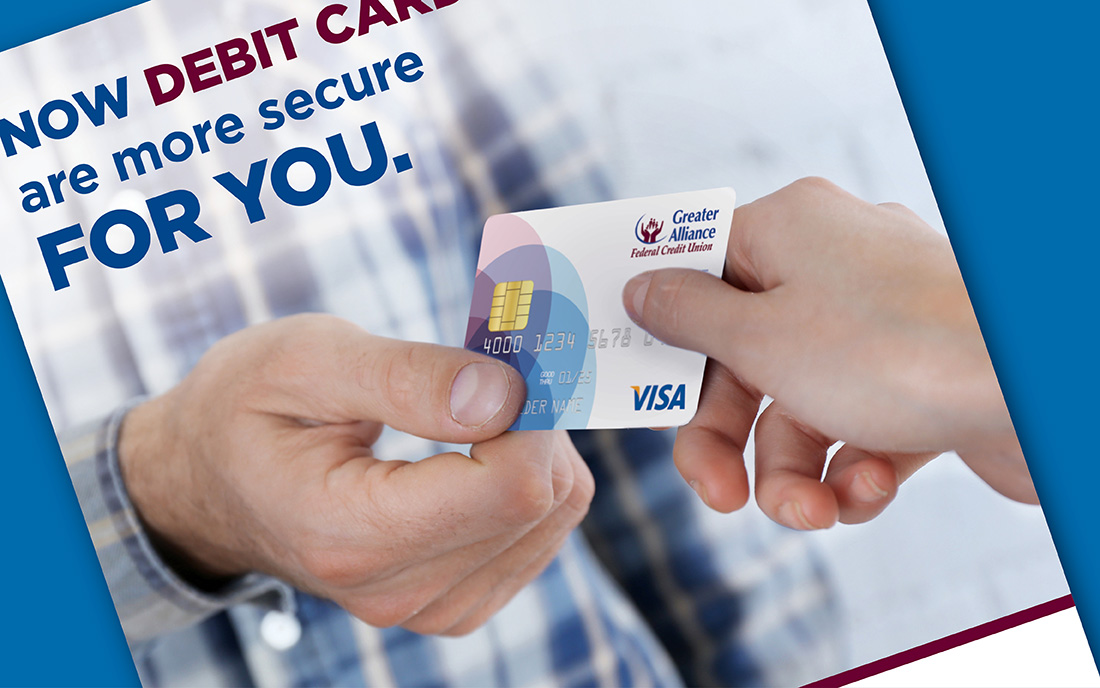Five keys to a successful credit union or bank core system conversion campaign

A tough communications challenge for financial institutions is core system conversion. How do you keep account holders on your side when a new processing system might initially mean inconvenience and service interruption? Here are five keys that must be part of your plan if you hope to evolve and grow, without losing members or customers – or your hard-earned brand equity.
- Timing. Our experience creating successful conversion campaigns for both banks and credit unions shows that timing is a critical factor. Every stakeholder you have must understand what’s about to happen. That kind of consensus can’t be rushed, requiring frequent repetition across a variety of carefully integrated touchpoints. This 3-month timeframe is simple, realistic and effective:
- 90 Days Out – Leadership notice to all stakeholders; internal training and talking points; general announcements in broad-based customer channels
- 60 Days Out – Detailed conversion/feature previews; customer FAQs; prompts to contact branch personnel or online help for more information
- 30 Days Out – Conversion timeline; identification of potential impacts; options for branch or online assistance
- Final 2 Weeks – Day-to-day countdown reminders; conversion checklists, tips and work-arounds; emergency notification/help options
- Messaging. Communicating with one clear brand voice is vital. That’s why we strongly advocate developing approved “talking points” and internal scripts for staff members who deal with account holders. Still another important point is instituting a user-friendly vocabulary. Avoid inward-focused jargon such as “core conversion,” in favor of positive and user-friendly terms that actually arouse interest rather than anxiety. A good example is our work for Greater Alliance Federal Credit Union. For GAFCU’s core conversion we focused on the word “upgrades” throughout, emphasizing member-requested benefits that added value rather than risk. We also leveraged marketing themes that members were already familiar with, using the Greater Alliance name as the basis for a campaign theme: “A Change for the Greater.”
- Tactics. Building widespread acceptance by your rollout date requires the right tactics at the right time. As you’ll see below, some tactics are ideal for broadcasting basic conversion details to all your constituencies, while others are faster and more flexible when individual updates or immediate action are needed.
- “Prep” Tactics… for announcements, introductions, education
- CEO/President letters
- Lobby posters, handouts, monitor displays
- Quick reference booklets or cards
- Newsletter articles
- Statement inserts
- ATM slips
- Postcards
- Website landing pages and FAQs
- Email blasts
- “Trigger” Tactics… for updates, flexibility, personal interaction
- Social media
- Mobile or web announcements
- Online video demos
- Segmented email
- On-hold phone announcements
- Staff buttons and signage to prompt inquiries
- Customer support links (online or phone)
You’ll see that this list actually corresponds to a conversion timeline – starting with broad print tactics that require more lead time, then progressing to online or point-of-sale tactics that help account holders get answers quickly as the changeover nears. The result is a graduated flow of information that everyone can assimilate comfortably.
- Segmentation. Not all account holders are impacted identically by a system conversion. It’s important to map out each experience that might be affected – including, for example, retail versus business accounts. If your core conversion is prompted by integration with another institution, respecting those unique segment characteristics is even more important. For example, when Claremont Savings Bank acquired a former savings and loan branch as its first location in Vermont, conversion materials proved similar in many ways to those we had recently developed in New Hampshire. But earning local trust dictated a new message layer – direct mail emphasizing shared roots, newsletters highlighting familiar employee faces and new capabilities, plus helpful reference cards that made banking easier. Ultimately, acknowledging those differences led to a smooth unification.
- Access. Giving your account holders the means to ask questions and get help, even when branches go dark, can help defuse frustrations or misconceptions that all too often boil over on social media or result in closed accounts. At Greater Alliance Federal Credit Union, an “Upgrade Team” of trained member services representatives was not only visible at every location for months prior to “Upgrade Weekend,” but also available on Facebook and Twitter while branches and call centers were closed for conversion.
If you’d like to discuss your own core conversion challenges, we’re happy to share our experience and expertise. Just contact Creative Co-op today, at (603) 658-1600.


